By David "Chet" Williamson Sneade
 |
| Irving Peskin, circa 1929 |
When his
obituary ran in the national press it was mentioned that he was a trumpeter who
had played with the likes of Benny Goodman, Glenn Miller, and the Dorsey Brothers.
He died
on February 4, 2011, at the age of 103. His name was listed as Isadore
Nathaniel (Niel) Parker and he was born Worcester. As a fan of local music history, I was embarrassed to admit that I had never heard of him. After months of research, however, I am now convinced that though never famous, he was one the very best musicians to have ever come out of Central New England.
Because of his brilliant “hot-jazz,” “roaring ‘20s,” trumpet style -- complete with inventive jazz improvisations and smart melodic lines, quick wit, round tone, and impeccable technique, I would even go as far as calling him the “Bix Beiderbecke of Worcester.”
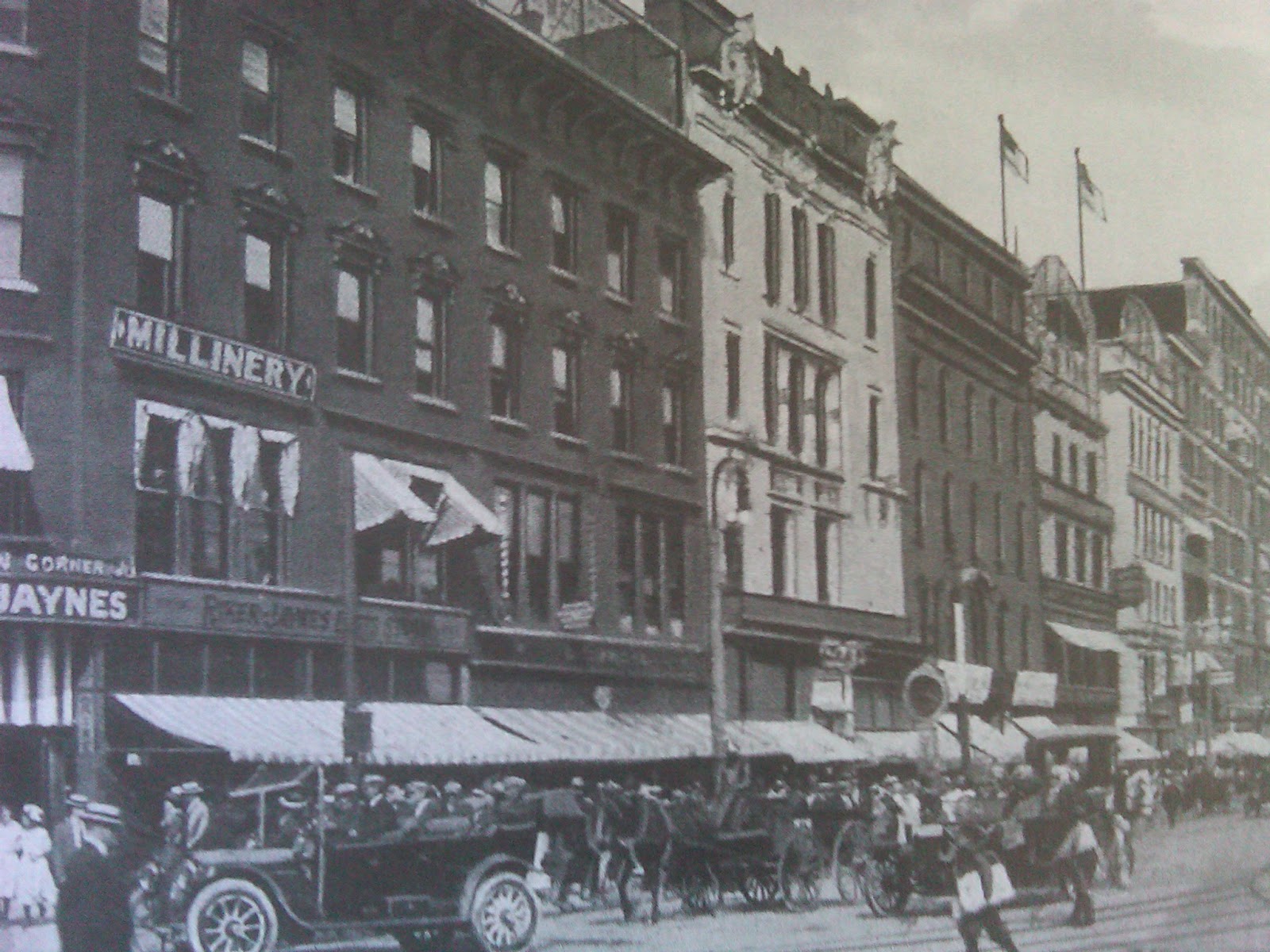 |
Downtown Worcester in the 1920s
|
In his
long lifetime, he wore a clothesline of names. His birth certificate lists him as
Israel Peskin. City Hall identified him as Isadore Peskin. His parents were
Russian immigrants who called him “Ezy” or "Izy."
According
to the U.S. Census, the Peskin household between 1910 and 1920 included his
father Hyumel or “Hyman,” (a tailor, who had a shop on Pleasant Street), Creashy or “Clara,” sometimes
known as Kate (mother), and three children Charles, Isadore and Susie.
The father also owned a delicatessen at 74 Harrison Street at one point. He was an early board member of the Worcester Credit Union, and an inventor with patent copyrights. Hyman was active in civic groups including the Worcester Relief Union. In the History of Worcester and Its People, author Charles Nutt said that the organization, "has for many years done excellent work along charitable lines among the needy Jewish families."
In 1908,
the year Ezy was born, the Peskin family lived at 69 Water Street, the main thoroughfare of Worcester’s Jewish community.
 |
Water Street merchant, Worcester, MA courtesy of Worcester Historical Museum
|
They were a
musical unit who would gather in the parlor on weekends to play music.
Ezy played the trumpet. His father sang. His sister played the piano and his
brother, the clarinet.
At the
age of four or five, his father bought Ezy a toy trumpet and by eight he was
playing a Conn coronet. In an interview in 2003 with
radio station WFMU in Orange, NJ, Peskin said, “I was fascinated with it … somehow
or other I got a teacher, Frank Chaffin. Within a year or so I was playing
little melodies on trumpet.”
Chaffin
taught privately out of his home. The 1920 Worcester Directory listed him as musician living at 173 Austin Street. He led his own band called Chaffin’s Orchestra.
Note: Peskin
was 95 years-old when the interview was conducted about his Edison recordings of the 1920s. He was
interviewed by Jerry Fabris, Curator of the Edison National Historical Site in W. Orange, NJ.
Peskin
recalled that in grade school he had a music course. He said it was “very
elementary,” but remembers that while the educator was teaching, the student was making
staves and writing notes.”
Not long
after beginning his lessons, Peskin also found work. Through the Grand Army of
Republic (GAR), Chaffin arranged for his young trumpet student to play at
funerals for veterans of the Civil War.
 |
| 1912 Conn Long Cornet |
“I played,
‘The Vacant Chair’ and ‘Taps,’ Peskin said. “I got to be known that way,
playing out there in the cemetery. Then I went with the Local 147. I was the
youngest known member of American Federation of Musicians, at least in Massachusetts.”
Peskin
told the interviewer that his family had a phonograph purchased at Walberg
& Auge, and he listened to everything he could get his hands on and
mentioned Jean Goldkette in particular, a band that featured Beiderbecke.
Peskin
was also a huge fan of early radio. “We had crystal sets,” he said. “We were
little kids. That was the big thing around Worcester. We used to get stations from New York and all over the place. We were
tuned in listening to everything.”
As a
teenager, Peskin played in the Holy Cross College Band, the Worcester
Polytechnic Band, and at amateur night at various theaters throughout the city.
With the prize money he purchased a piano for the family. He also notes that he
was invited to Boston to play “on the mall,” and that
his name became “known.”
 |
| The Royal Theater, Main Street, Worcester |
“I was
invited by WTAG to be an assistant manager,” he recalled. “I was still in high
school. I was about 16. I wrote a song, ‘Alone with You in Love.’ That was the
first composition I played over the air at WTAG. That was in the newspapers. I
have clippings going back that far.”
 |
| WTAG's performance and recording facility |
Also, in
high school, Peskin, along with his brother Charles, formed his first band. It
was billed as Irving Peskin and his Orchestra, “The Boy Wonder Cornetist.” “That’s
what it said on the folder, the big folders outside the dancehall,” he said.
 |
| Peskin is one of two or three unidentified trumpeters, possibly sitting in the front row. |
Peskin
went to Classical High School and played in the school
orchestra, an ensemble that also featured his brother Charles on clarinet. An item ran with his class picture: “Charlie is rated as the best clarinet player
in the consolidated orchestra. He has also mastered the saxophone, and is a
member of our jazz orchestra.” It also noted that he earlier went to Sever Street Preparatory School. There is also a quote, which is
attributed to Thomas Carlyle: “Music is well said to be the speech of angels.”
Charles
was asked the name of his favorite song by the school newspaper, Argus. He
answered, "All By Myself," the great standard by Irving Berlin.
At 15, Irving shared the first cornet chair in
the school orchestra. At 16, he left school to play music full-time. “I actually
hardly finished high school,” Peskin said. “I made it a point of going back.... I came back from New York, put in a few months, and got a
high school diploma.”
Nevertheless,
Peskin played the class prom in 1925. This item ran in the yearbook: “On Friday
evening, June 5th, the annual Senior Prom took place at
Terpischorean Hall. A radiant crowd, and excellent music supplied by Irving
Peskin and His Boys, made this affair without any doubt the most enjoyed social
event of the school year.”
The
Peskins were classmates with Stanley Kunitz, a future National Book Award for
Poetry winner, who in 1923 wrote lyrics to the class song. It should be
noted that Irving was also a contemporary of other local
notable musicians as Einar Swan (1903), Harry Tobias (1905), and Wendell Culley
(1906).
 |
| Poet Stanley Kunitz, a member of the CHS debating team, 1923 |
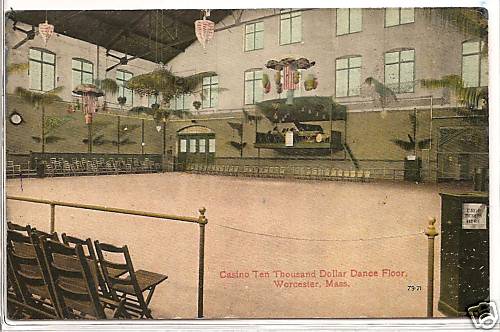 As a “hot
jazz” playing trumpeter, Peskin modeled his style after two leading lights of
the 1920s.
As a “hot
jazz” playing trumpeter, Peskin modeled his style after two leading lights of
the 1920s.
“I
patterned myself at first after Red Nichols,” he said. “I tried to adapt his
style. That’s where I became fascinated by the beautiful style and the melodic
lines. Later on I changed over to following Bix Beiderbecke. He was marvelous,
marvelous.”
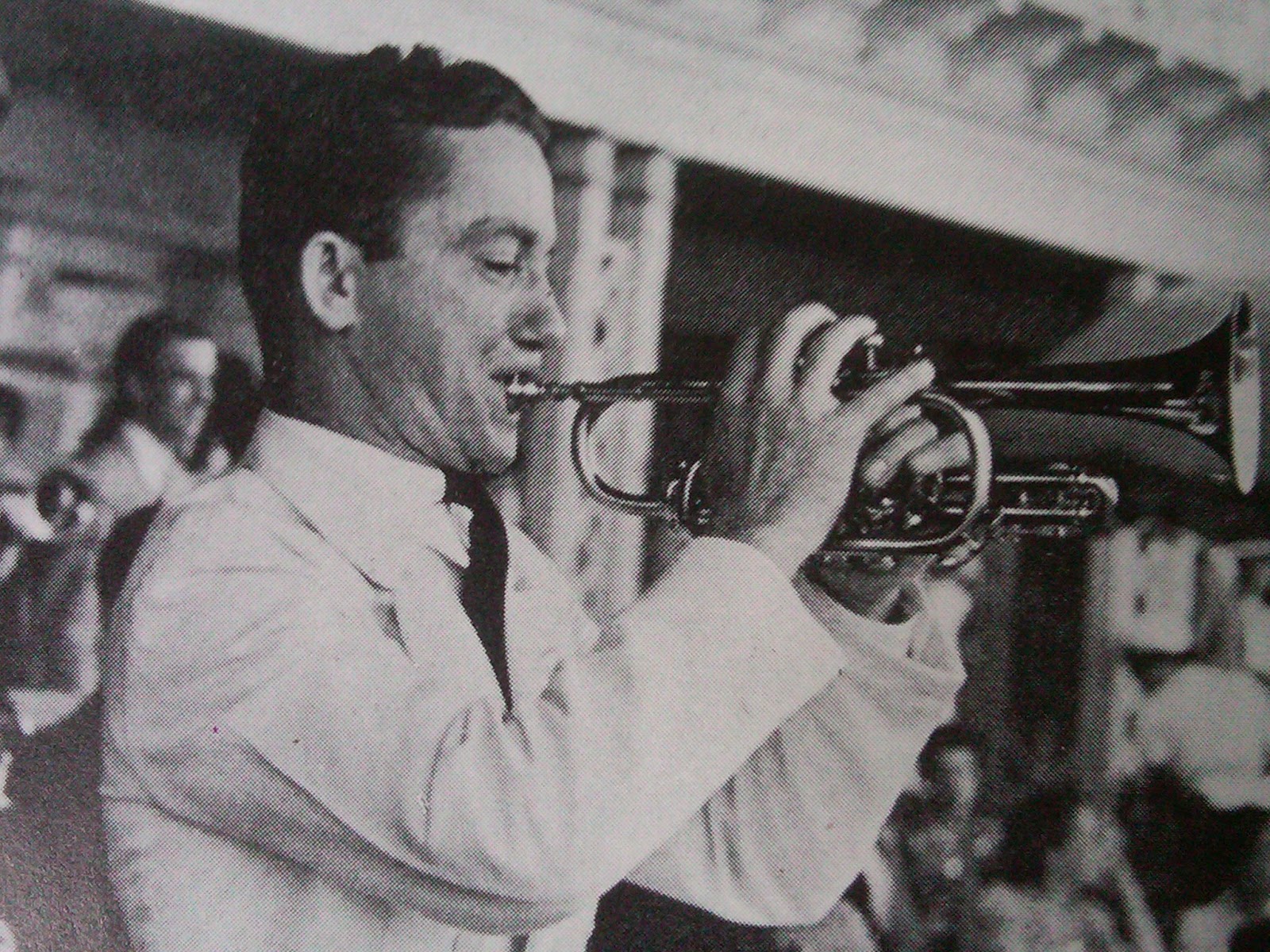 |
| Red Nichols |
 |
| Bix Beiderbecke |
While
still in high school, Peskin wrote what became his best known composition, “Chinese
Jumble,” a kind of tone poem with aural images of the Far East mixed with the rhythms and sounds
of the Jazz Age.
“As a
piece of music it was nothing,” he said. “It was filled with jumbles, little
snatches of jazz phrases. No beginning. No end, just there. We called
it a symphonette. We didn’t know what to call it. It was a potpourri of jazz
phrases.”
Explaining
the name he said, “At that time there was a black and white silent film on China -- the renegades, the warlords
and the pirates on the rivers. It was a big film. We used to go to the film
every week.”
Also,
while still in high school, Peskin began studying with Georges Mager, principal
trumpet with the Boston Symphony Orchestra.
 |
| Georges Mager, front row, fourth from the left |
“I went
to Boston every week for a lesson for three
or four years,” Peskin said. “My training was in classical music. My interest
was in jazz.”
At this
time, circa 1925, the Peskin Orchestra started working dates around Boston. “I had a
monopoly on all the fraternity dances, all the college dances. It was my orchestra
with my brother Charles, clarinet and saxophone. (Charles was a student at WPI, who later became a scientist.)
 |
| Charles Peskin, CHS yearbook photo |
The
teenage Peskin would also get calls to play in other orchestras. “I was
just out of high school. I got a call from Boston to do a gig playing trumpet in a
band for a society function. Who was there at the time? Jerry Colonna. He was a
trombone player. We became friends that lasted for many years. He was
instrumental in getting me out of Worcester,” he said.
In addition to being a trombonist,
Gerardo Luigi "Jerry" Colonna was a singer, songwriter, and comedian,
best remembered for his work with Bob Hope.
The band that
he and Peskin first worked together in was Billy Lossez and his Biltmore
Orchestra. “He was the swanky society bandleader. So, I played a few dates with
him. That was my first experience playing with quality stuff,” the young
trumpeter said.
Note:
This Providence-based band later featured trumpeter Bobby Hackett.
Peskin
was known for being an inventive trumpeter. “I copied a lot of the style from
Bix Beiderbecke and Red Nichols, but I developed my own style. Jerry Colonna
recognized that immediately.”
In
describing his own style further, Peskin said, “You hear the refined jazz style.
It’s the trumpet style of Bix, my idol … It was very clear, nothing smudgy.”
When
asked to describe the difference between Bix Beiderbecke and Red Nichols,
Perskin said, “Bix was a composer of beautiful music. His talent was beyond.
The whole music [world] recognized his talent. Red was a business man with less
imagination.”
 |
| Bix Beiderbecke, Peskin's idol |
Peskin
drew from both players to develop his impeccable playing, but his lifestyle was
quite different. Both Bix and Red were 5 years Peskin’s senior. Ernest Loring
“Red” Nichols died of a heart attack at 62. Leon Bismark “Bix” Beiderbecke died
tragically at 27.
Peskin
lived until he was 103 and did not live the stereotypical jazz lifestyle of
“live fast, love hard, and die young.” He was very much like Bix as far as
being an imaginative player, but more like Nichols when it came to taking care
of business.
Speaking
of his time in the recording studios in later years, Peskin said, “I appeared
on time. I played the music on sight. No rehearsal. Left and got ready for the
next session. I was strictly all business.”
The other
prominent Boston band that Colonna and Peskin worked together in was Joe
Herlihy’s Orchestra. It was the band in which the Worcester trumpeter would be first recorded
and the one that brought him to New York. Here is “State and Madison,” a composition by Peskin
recorded by Herlihy with the Worcester teen on trumpet: http://www.youtube.com/watch?v=c5ZAeKlY2ls
/
For more see:
“The
first thing we did was to go up to Harlem and listen to the black musicians,” Peskin said, “and
of course, some of them were the greatest in the whole business.”
The year
was 1927 and Peskin found himself in the middle of the Jazz Age. He was 19. At
the Roseland Ballroom he got to play with Chick Webb and Fletcher Henderson.
 |
| The dance floor at the Roseland Ballroom in New York |
“It was
the place at the time,” he said. “There was a spirit of camaraderie with the
big bands. Wherever we’d go we’d sit in. I did that frequently.”
Soon, he
was making the rounds in the Manhattan studios where his career
flourished. Early important work came with Melvin Morris and the Piccadilly
Players. Peskin then recorded for Edison Records, RCA, and Gennett, among many
others.
Here is a 1928 recording of the Piccadilly Players playing “If You
Don’t Love Me,” featuring a very “Bixian” trumpet solo by Peskin: http://www.youtube.com/watch?v=bFPblt8aF2U
At
Columbia Records in the same year, Peskin recorded with vocalist Martha
Copeland and pianist Rube Bloom on what is said to be one of the first takes of “I
Can’t Give You Anything but Love.”
Speaking
of his early work in the New York studios, Peskin said, “We had
very few, if any rehearsals. Many times there’s nothing on the paper. I
wouldn’t write notes. That was verboten.”
He also
said that different studios had different atmospheres.
Gennett was casual,
whereas Edison was all business. “No sitting
around shooting the breeze,” Peskin said. “Business and that’s it. I did very
little of that in my whole career. It was dignified. I think it was because of Edison. The attitude was scientific. We
were in the laboratory. We were recording at the very beginning of this whole
business. There was a dignity to it. There was a scientific edge to it. Experimentation
is fine, but you do it on your own time, not on the other guy’s payroll.
“I was
known to be a kind of iron-lipped guy. You see, the secret is I had been
trained for symphony and playing the instrument correctly with a minimum amount
of pressure on the lips.
“My path
in the music life was the smoothest thing. I didn’t have any trouble presenting
my product. I was playing the style of Bix. I could play the style of Red, if
the leader wanted it. I was so busy trying to do a good job, I wasn’t much on
socialization. I’m sorry to say. They were the top men in town. I never
stretched my freedom beyond what I knew was my capability.”
Commenting
on jamming, Peskin said, “Not everybody can improvise. You are born with that.
Many of the top notched players, in the league with Tommy Dorsey, had not been
trained for symphony. They were mostly self-taught with a little instruction. As
I understand it, from someone that they thought was superior – ‘learn from your
top brothers.’”
In New York, Peskin also worked extensively
in radio and with a score of orchestras. A partial list of notable musicians he
worked alongside, include the Dorsey Brothers, Joe Venuti, Xavier Cugat, Ed
Duchin, and Benny Goodman. There is also evidence of Peskin jamming with his
idol, Bix Beiderbecke. His early playing can be found on recordings by blues
singer Martha Copeland, Ukulele Ike, Carl Fenton, George Olsen, and Joe
Herlihy.
Fabris
theorizes that Peskin’s time in New York City was a little more than a year. “He relocated to Hollywood in 1929. Most of his adult career as a musician and
arranger was in Hollywood. He was never a
well-established New York City studio musician. He fell in quickly with the right people,
then, as the phonograph industry collapsed in New York, he went west to work
in the new industry of sound films.”
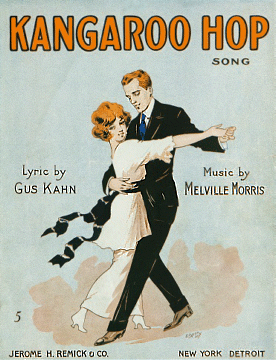 |
| Music by Melville Morris, leader of Piccadilly Players |
In Hollywood, Peskin’s resume expanded
exponentially. Although he spent most of his career in the recording studios, therefore
in the shadows and not in the limelight, Peskin was still a flash of
luminescence in the 1920s.
Commentator
Chris Barry said it best when he noted that listening to the 2003 interview with the
Worcester-born trumpeter was like time travel. “Equally fascinating is how a
talented musician who worked and recorded in the thick of the Jazz Age seems to
have operated under the radar of researchers for generations,” he said.
For local
fans the rediscovery of Irving Peskin gives us even deeper roots in the
development of jazz and for that we are forever thankful.
Nathaniel
(Niel) Isadore Parker, AKA Israel “Izy” and Irving Peskin
DOB: January
20, 1908
DOD: February
4, 2011
Special thanks to Hannah Walker and Jerry Fabris in the assistance of this piece.
* Note: This is a work in progress. Comments, corrections, and
suggestions are always welcome at: walnutharmonicas@gmail.com. Also, see: www.worcestersongs.blogspot.com
Thank you.
Resources




 Regardless
of what you think of the man, his words and/or actions, it is fascinating to
think that just one year after Charlie Parker’s death, one of his biographers
was walking the bucolic greens of Mt. Pleasant at Leicester Country Club,
contemplating the lives of great jazz musicians.
Regardless
of what you think of the man, his words and/or actions, it is fascinating to
think that just one year after Charlie Parker’s death, one of his biographers
was walking the bucolic greens of Mt. Pleasant at Leicester Country Club,
contemplating the lives of great jazz musicians. 



.jpg)






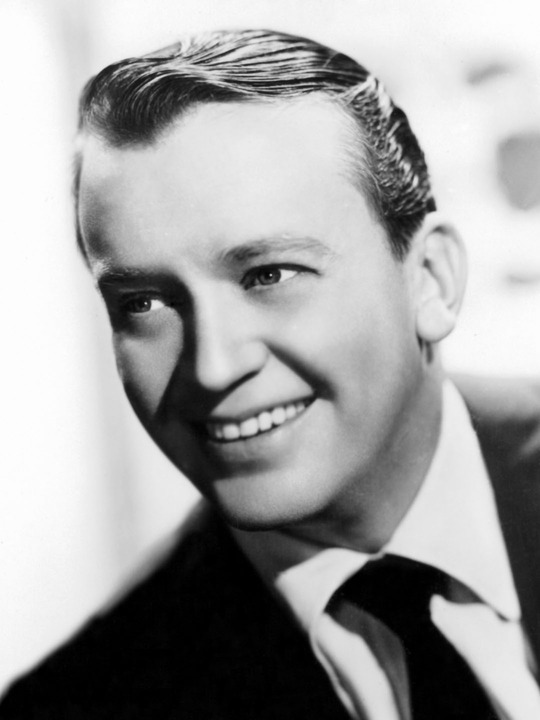

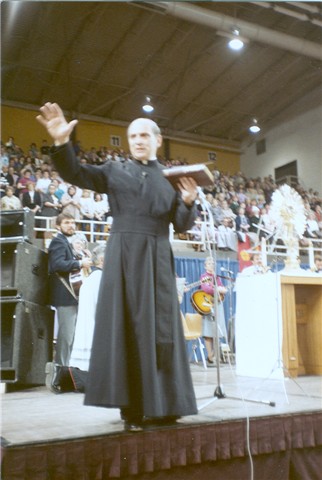






































.jpg)


